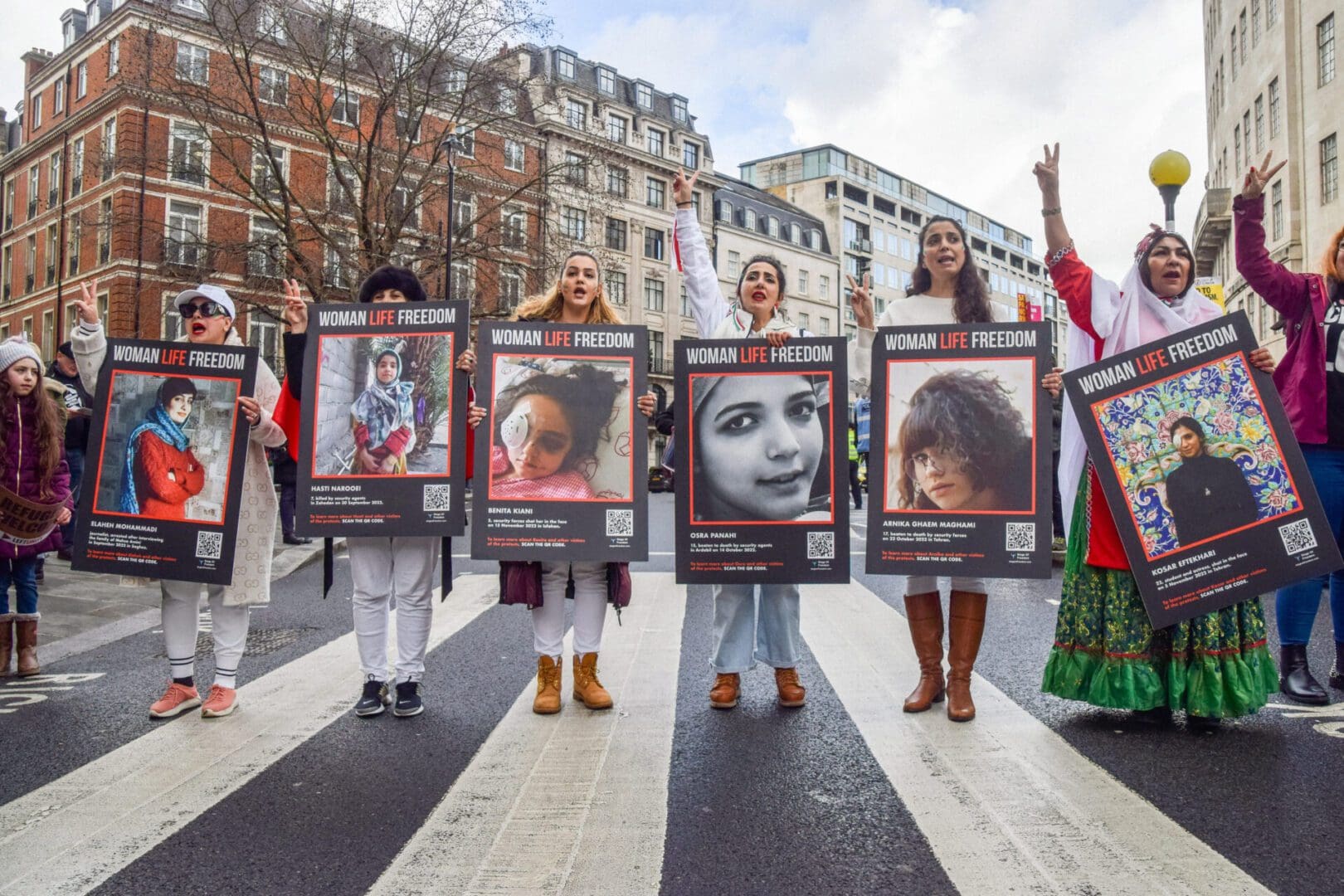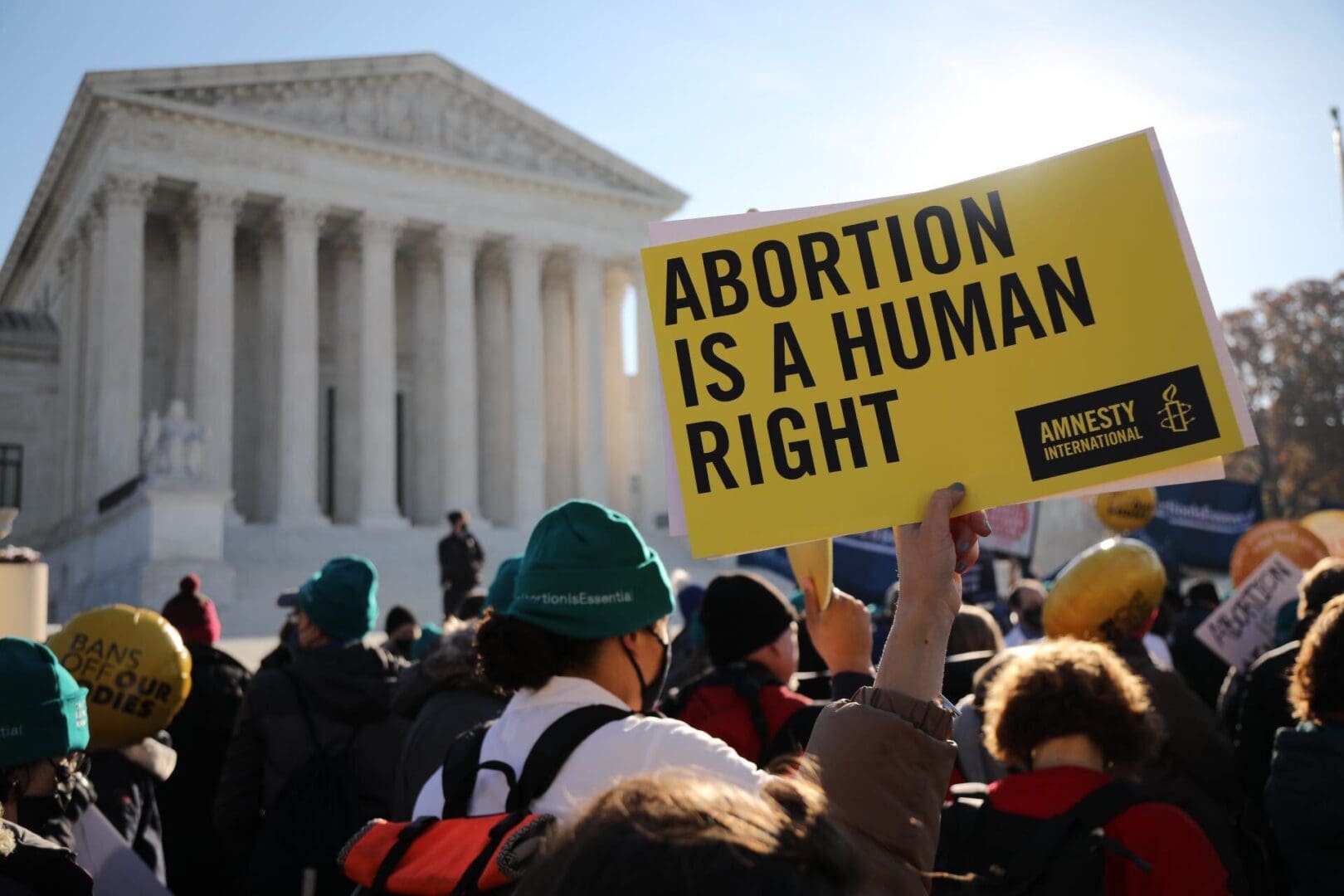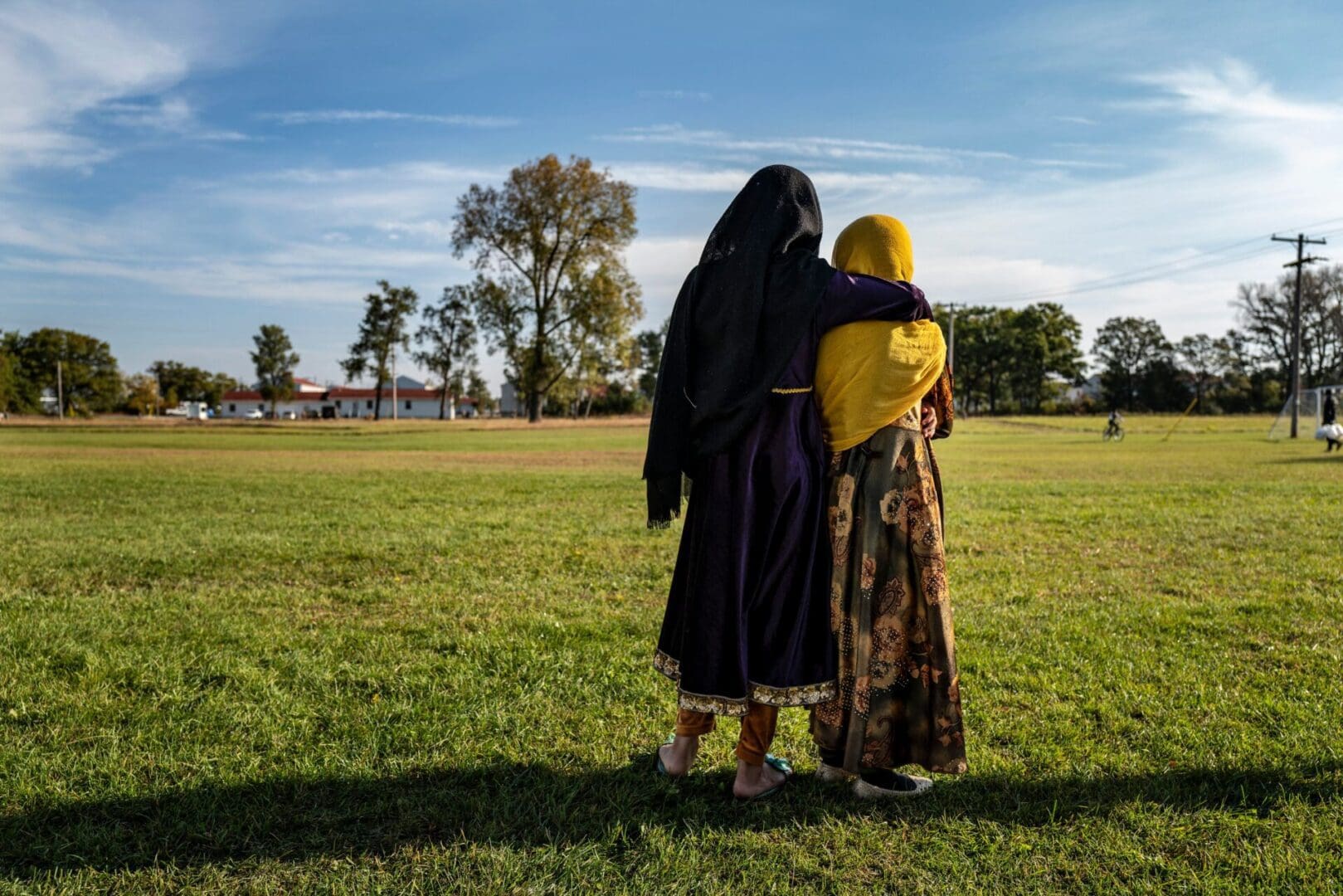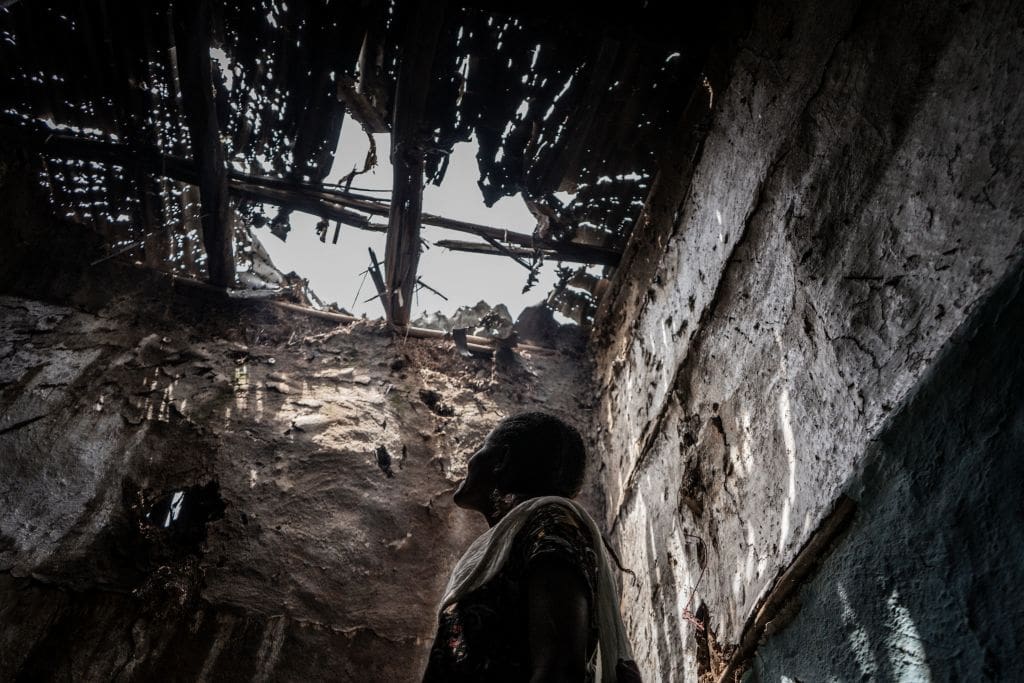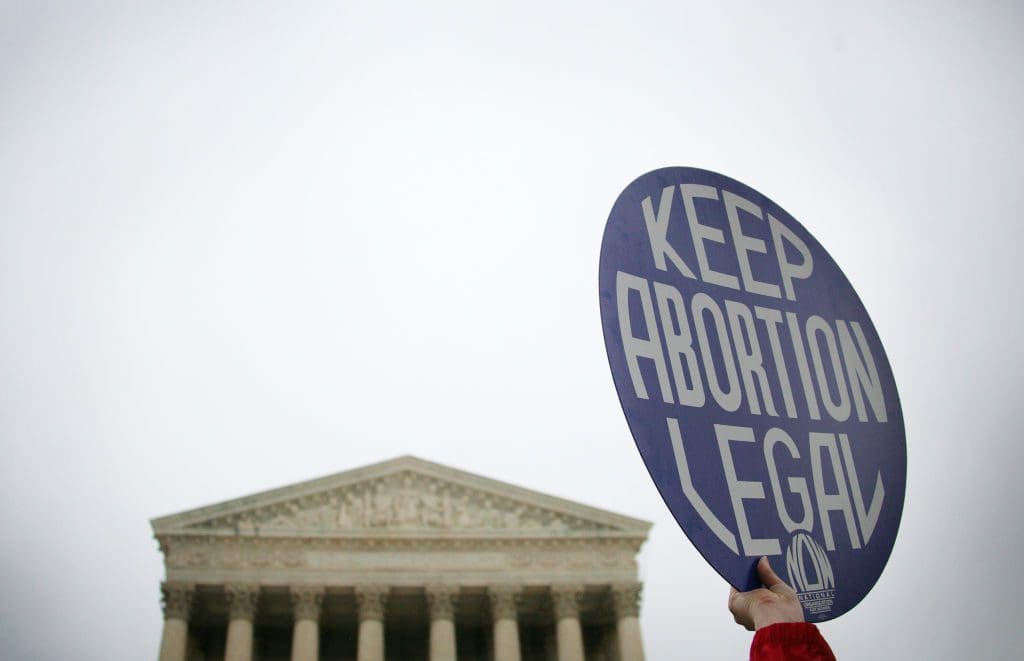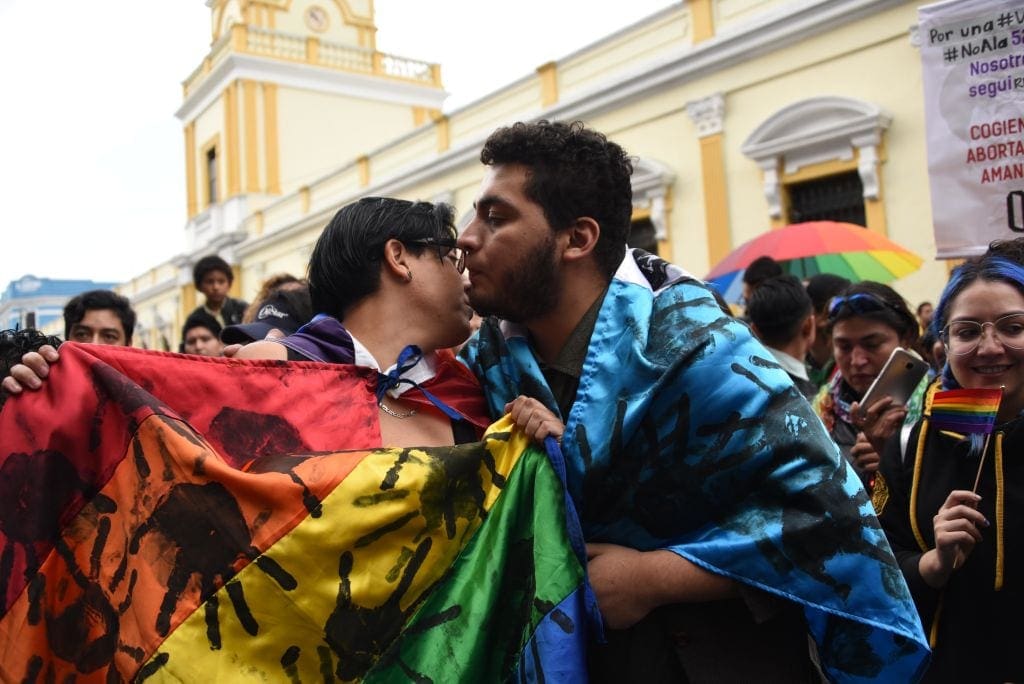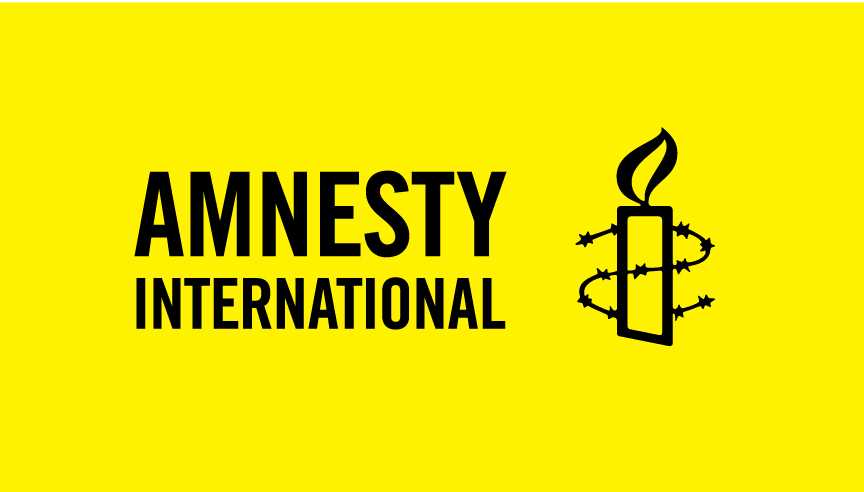Maternal Health is a Human Right
Around the world, one woman dies every 90 seconds in pregnancy or childbirth – that’s more than 350,000 women every year. The vast majority of these deaths are preventable.
Since 2000, the world’s anti-poverty agenda has been dictated by the Millennium Development Goals, a set of targets ranging from cutting extreme poverty in half to ensuring universal primary education. MDG 5 aims to cut the maternal mortality ratio by 75%. According to UN analysis, only 10 countries are considered to be “on track” to meet MDG 5. Of all the MDGs, MDG 5 is considered one of the least likely to be met.
“Women are not dying of diseases we can’t treat… They are dying because societies have yet to make the decision that their lives are worth saving.”
–Mahmoud Fathalla, former president of the International Federation of Obstetricians and Gynecologists
Maternal mortality is breaking into public consciousness as a key human rights issue. In June 2010, the U.N. Human Rights Council passed a resolution recognizing maternal mortality as a human rights concern.
In 2009, Amnesty International launched our Maternal Health campaign highlighting maternal health as a human right with a specific focus on:
Peru
Hundreds of poor, rural, and Indigenous pregnant women in Peru are dying because they are effectively being denied the same health services other women in the country receive. Peru has one of the highest rates of maternal mortality in the Americas, despite being a middle-income country.
The deep inequalities in Peruvian society are reflected in widely different maternal mortality ratios between women in rich and poor areas. According to the Peruvian Ministry of Health, women in rural areas are twice as likely as those in urban areas to die from causes related to pregnancy. Maternal mortality could be greatly reduced if the barriers that prevent or delay women accessing emergency obstetric services were removed. These barriers are highest for women from excluded or remote communities.
READ MORE
- Read Amnesty International’s report, Fatal Flaws: Barriers to Maternal Health in Peru
- Deadly Delays: Maternal Mortality in Peru
Burkina Faso
Every year in Burkina Faso more than 2,000 women die from complications during pregnancy and childbirth, according to government figures. Many of these deaths could have been prevented if women were given timely access to adequate health care.
There are many reasons why women in Burkina Faso do not receive the health care they need. These include: lack of information on sexual and reproductive health and rights; women’s low status, which undermines their rights to decide whether, when, and how many children to have; social and economic barriers, notably to cost of medical treatment; geographic barriers obstructing access to health facilities; and poor quality of treatment due to shortages of medical supplies and qualified personnel.
READ MORE
Sierra Leone
In Sierra Leone, pregnant women and girls are often unable to access lifesaving treatment because they are too poor to pay for it. One in eight women risk dying during pregnancy or childbirth. This is one of the highest maternal death rates in the world.
Thousands of women bleed to death after giving birth. Most die in their homes. Some die on the way to hospital, in taxis, on motorbikes, or on foot. Even if they reach a health facility, many do not receive the treatment they need to save their lives. In Sierra Leone, a skilled birth attendant attends less than half of deliveries and less than one in five are carried out in health facilities.
READ MORE
United States
The USA spends more than any other country on health care, and more on maternal health than any other type of hospital care. Despite this, women in the USA have a higher risk of dying of pregnancy-related complications than those in 49 other countries, including Kuwait, Bulgaria, and South Korea.
African-American women are nearly four times more likely to die of pregnancy-related complications than white women. These rates and disparities have not improved in more than 20 years.
Women in the USA face a range of obstacles in obtaining the services they need. The health care system suffers from multiple failures: discrimination; financial, bureaucratic and language barriers to care; lack of information about maternal care and family planning options; lack of active participation in care decisions; inadequate staffing and quality protocols; and a lack of accountability and oversight.
READ MORE
- Read Amnesty International’s report, Deadly Delivery: The Maternal Health Crisis in the USA
- Read the one year update of Deadly Delivery
- No Woman, No Cry– In maternal health advocate Christy Turlington Burns’s gripping directorial debut, she shares the powerful stories of at-risk pregnant women in four parts of the world, including a remote Maasai tribe in Tanzania, a slum of Bangladesh, a post-abortion care ward in Guatemala, and a prenatal clinic in the United States. For more information on the film, go to Every Mother Counts.
- Dead Mums Don’t Cry– Obstetrician Grace Kodindo practices medicine in Chad – where women face a one in 14 lifetime risk of dying in childbirth. This BBC film documents her daily struggle to save women’s lives, making terribly clear the barriers that pregnant women face in the world’s poorest countries.


